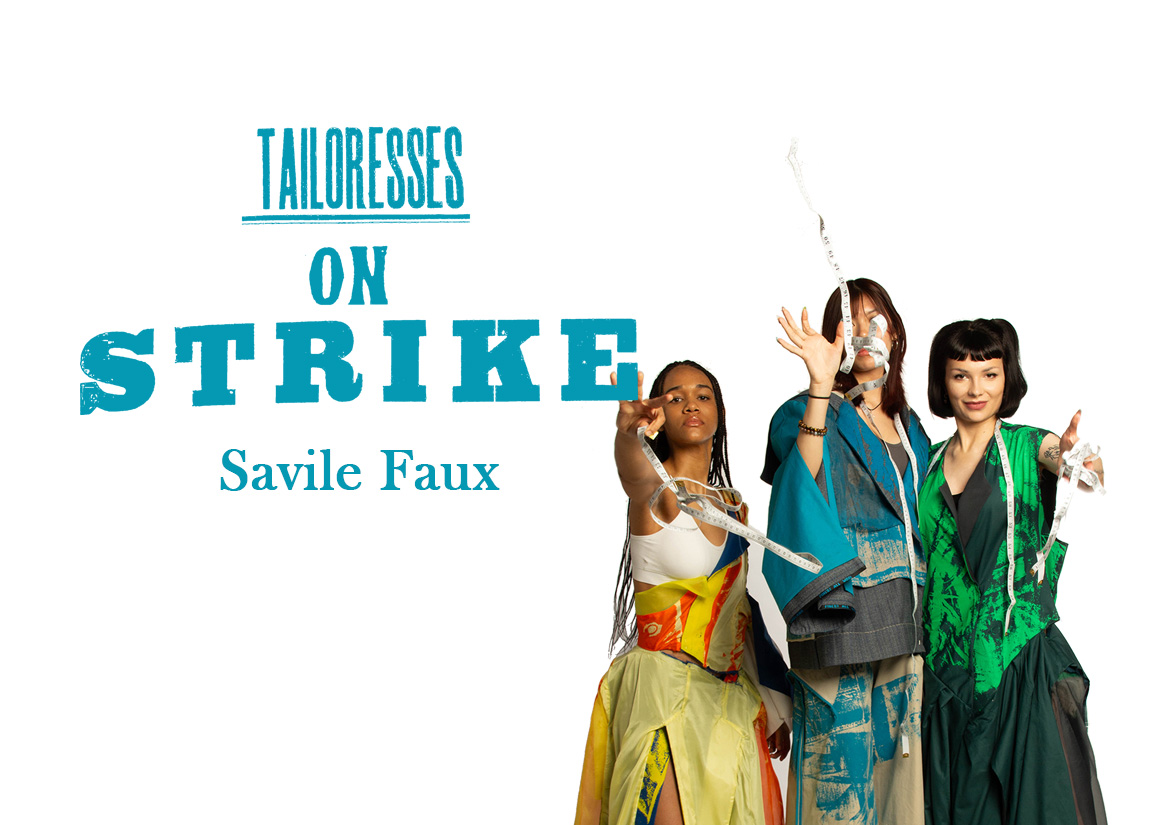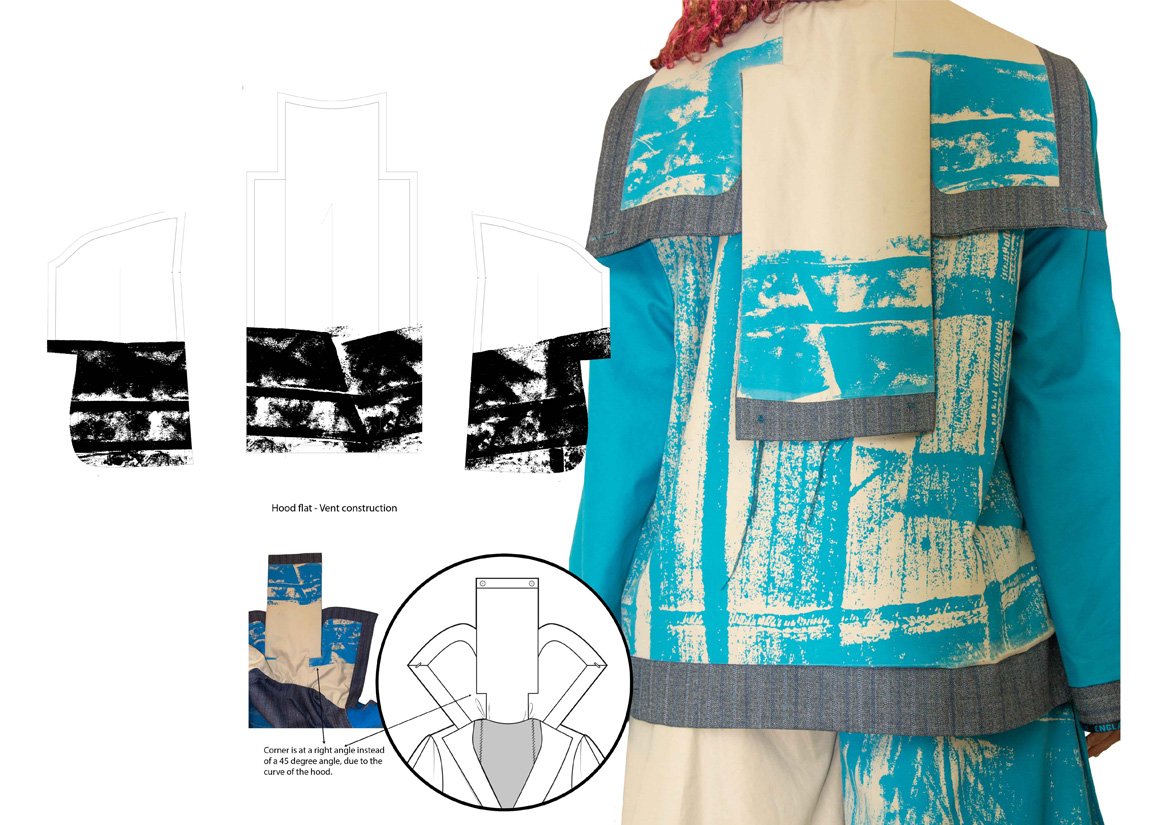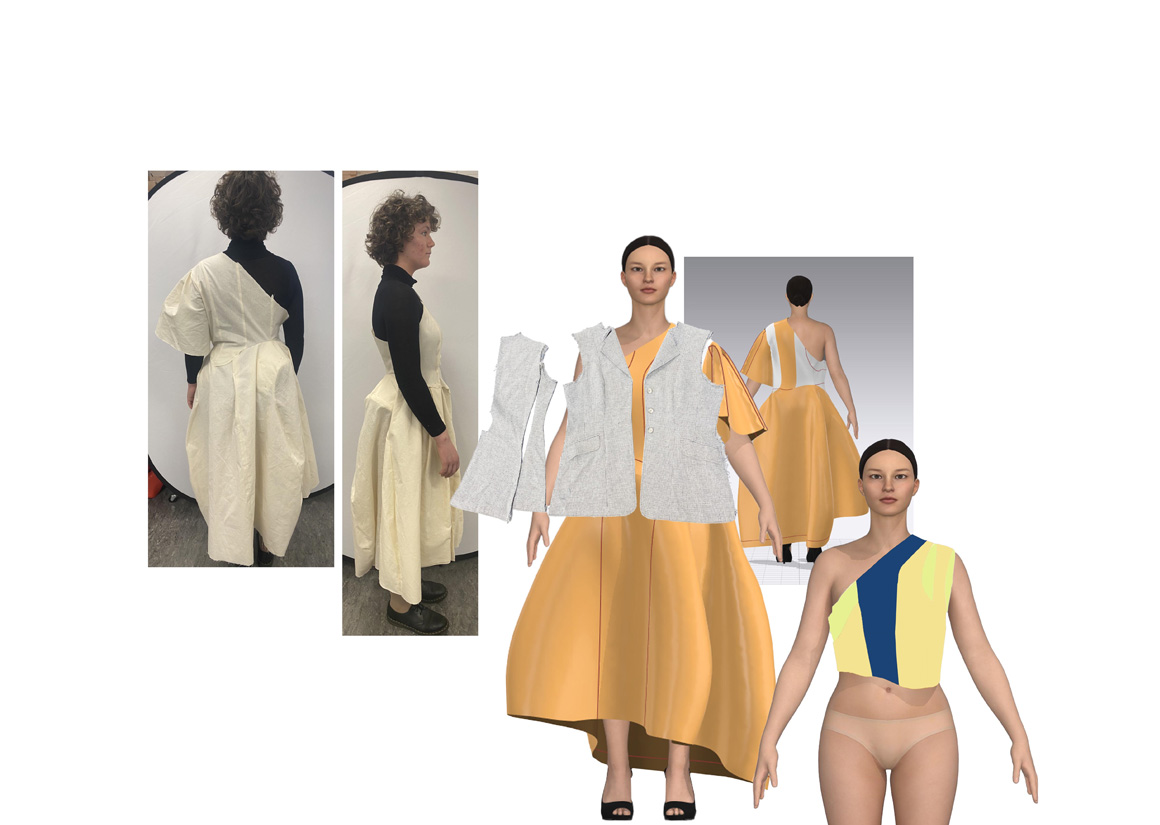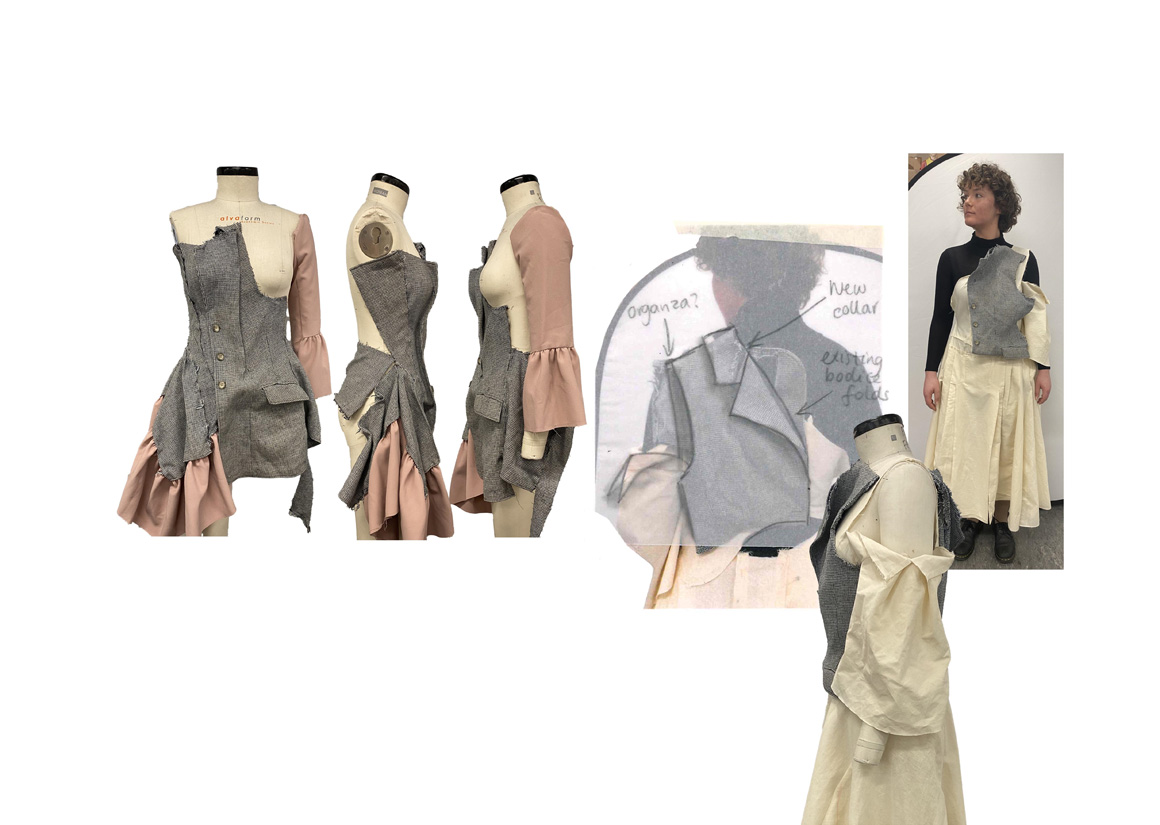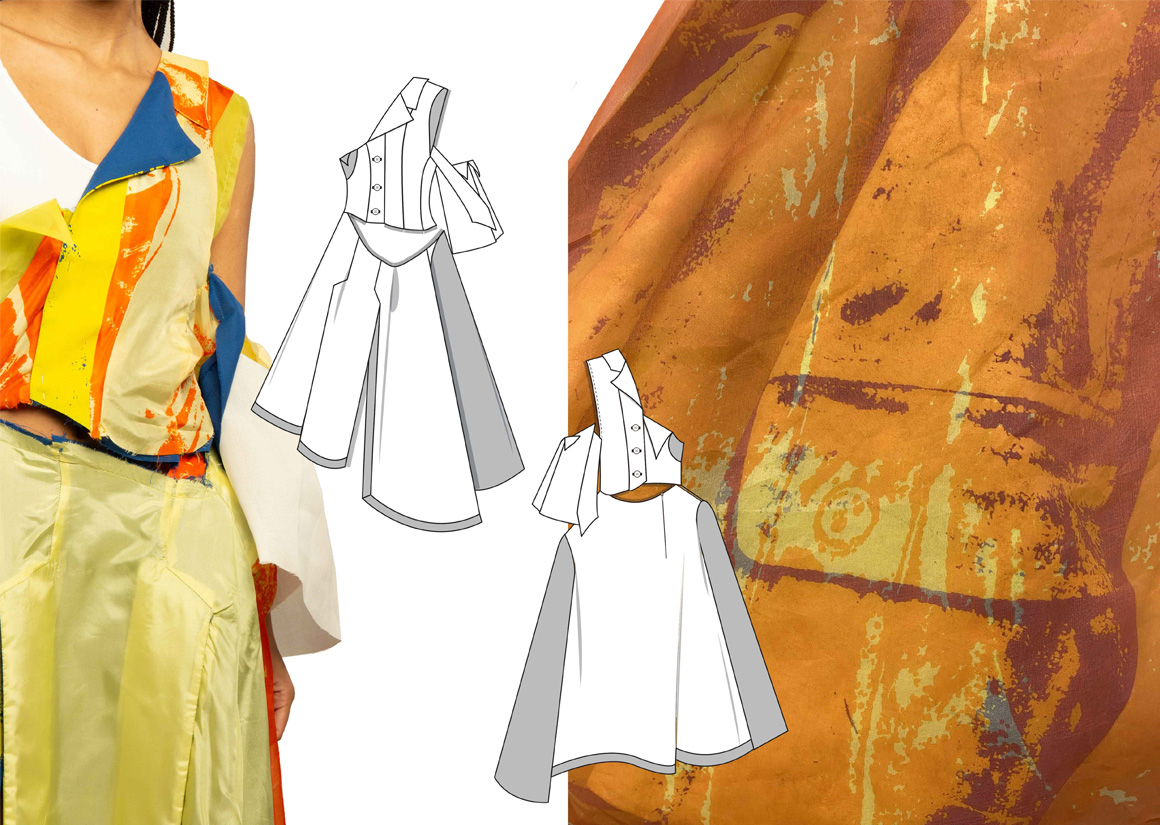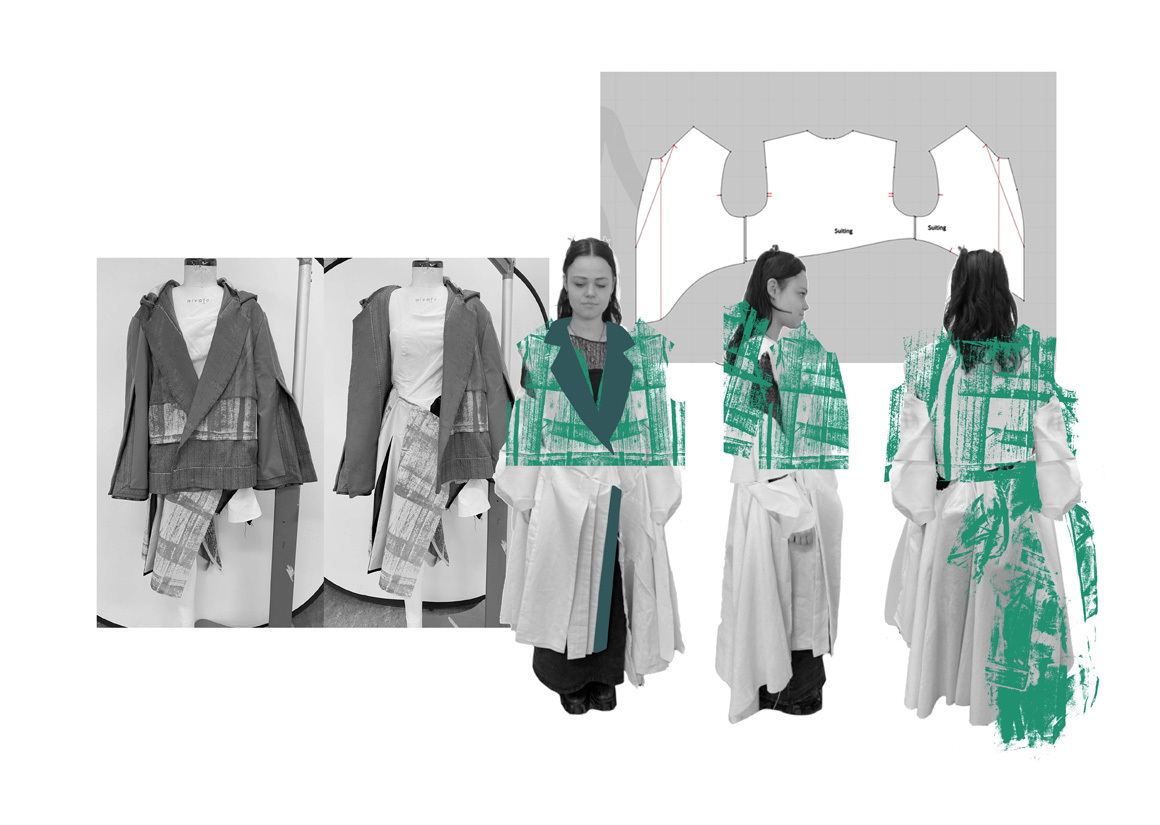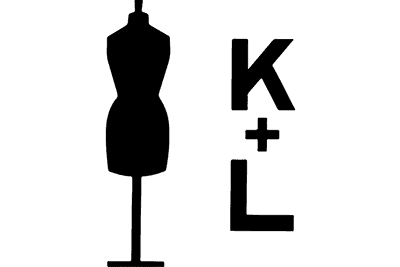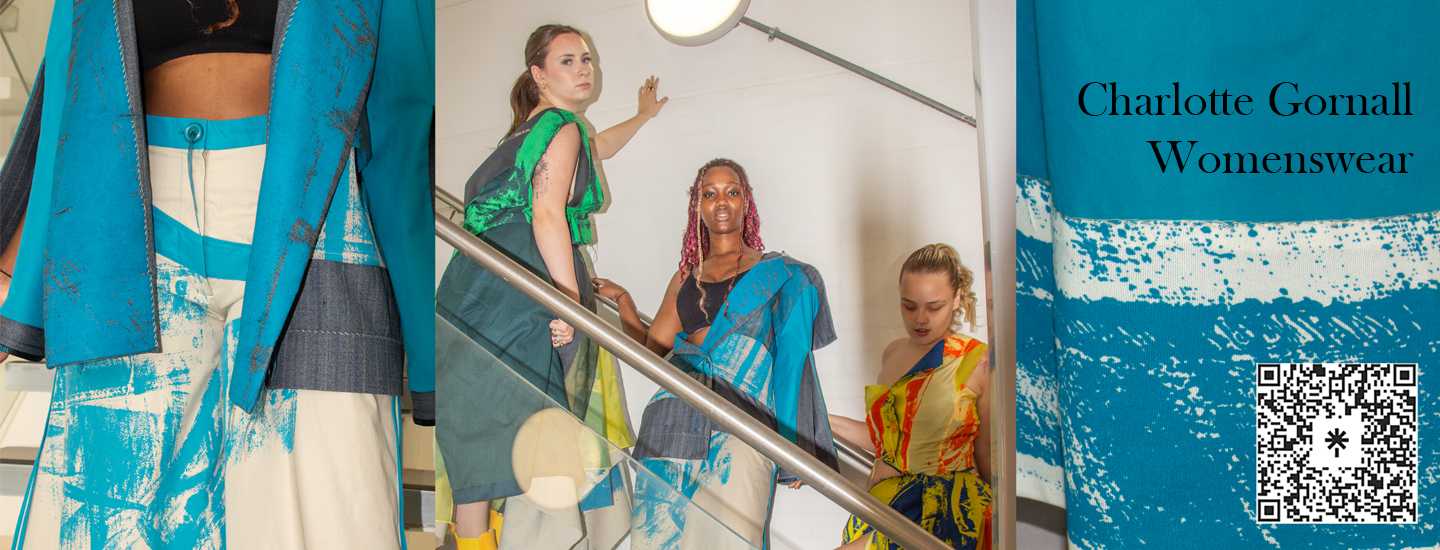
About Me
A sustainable-minded pattern cutter, machinist and print designer.
I am a proactive Fashion Design Graduate, focused on translating 2D design ideas into sustainable 3D fashion, with exciting real-world applications. Working as an assistant tailor and dressmaker for 7 years, my understanding of garment construction, fit, and fabric is extensive.
I love working between digital and physical fashion, working well designing on the stand, whilst pattern cutting on CLO3D. My digital pattern cutting, alongside use of deadstock fabric in my collections was awarded the 2024 Roadley Sustainability Award. I am driven to learn and evolve my designs, which has gained me a place in the 7th cohort of Fashioning Emerging Professionals with the Fashion Minority Report, a mentoring scheme for individuals breaking into fashion. I have a passion for sharing interesting stories through traditional techniques but with a modern twist.
INSPIRATION
‘Tailoresses on Strike - Savile Faux' represents a fight against in-equalities in tailoring.
Following stories of women close to myself has inspired creative cutting and the idea of deconstructed rebellion within my collection. My Great Grandmother, ‘Nanny Elsie’ was a seamstress in the mid-20th Century, working from home, earning a piece-rate. I have taken great inspiration from a dress which she made for my Grandma for a dance in 1958. Its colour immediately sparked the idea to dye deadstock Burberry Gabardine, whilst the pleated, double-breasted illusion front became extended jacket vents.
Alethea, my ex-colleague, turned friend, who I met whilst working at her tailors and dressmakers has inspired me to launch my fashion career. Her passion for unconventional tailoring sparked the unusual use of organza in my tailored garments. A bright green jacket lining and trouser Alethea made inspired me to bring the inside, out, with detailed internals of tailored garments seen on the outside of my collection. Alethea kindly donated a large amount of deadstock tailoring fabrics in my collection.
MY WORK
PORTFOLIOS
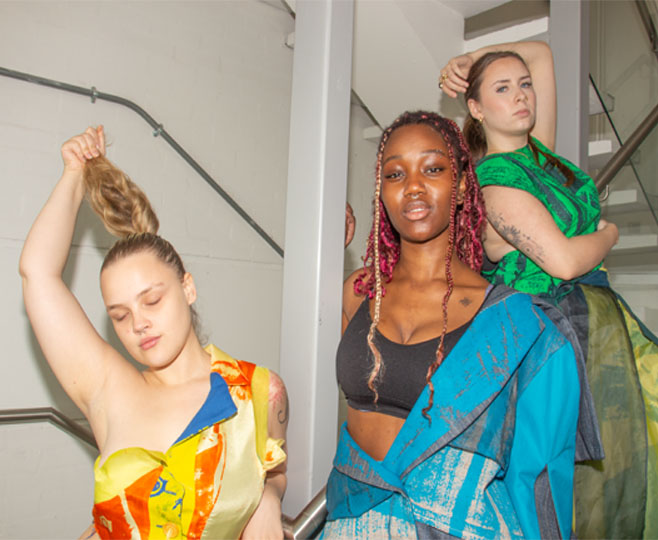
DETAIL
Printing trompe l’oeil using real garments
My prints are created by painting onto real garments, then pressing them onto paper or fabrics, then rolling them with a lino roller. This creates a relief, similar to a brass rubbing. Each garment is carefully selected to have tailored techniques, which creates wonderful textures and demonstrates their technical details. I then experiment with each print through printing them at different scales, or projecting them onto toiles to design the placement of each print. Some prints are positioned where they should be, but may be scaled up, whilst others are completely out of place, hinting at the tailoresses striking, and not completing their jobs properly. Some prints are repeated throughout the collection, as a way of saving chemical waste produced during the screen printing process, however each time the print is seen it has a new look due to the fabrication or colours.
